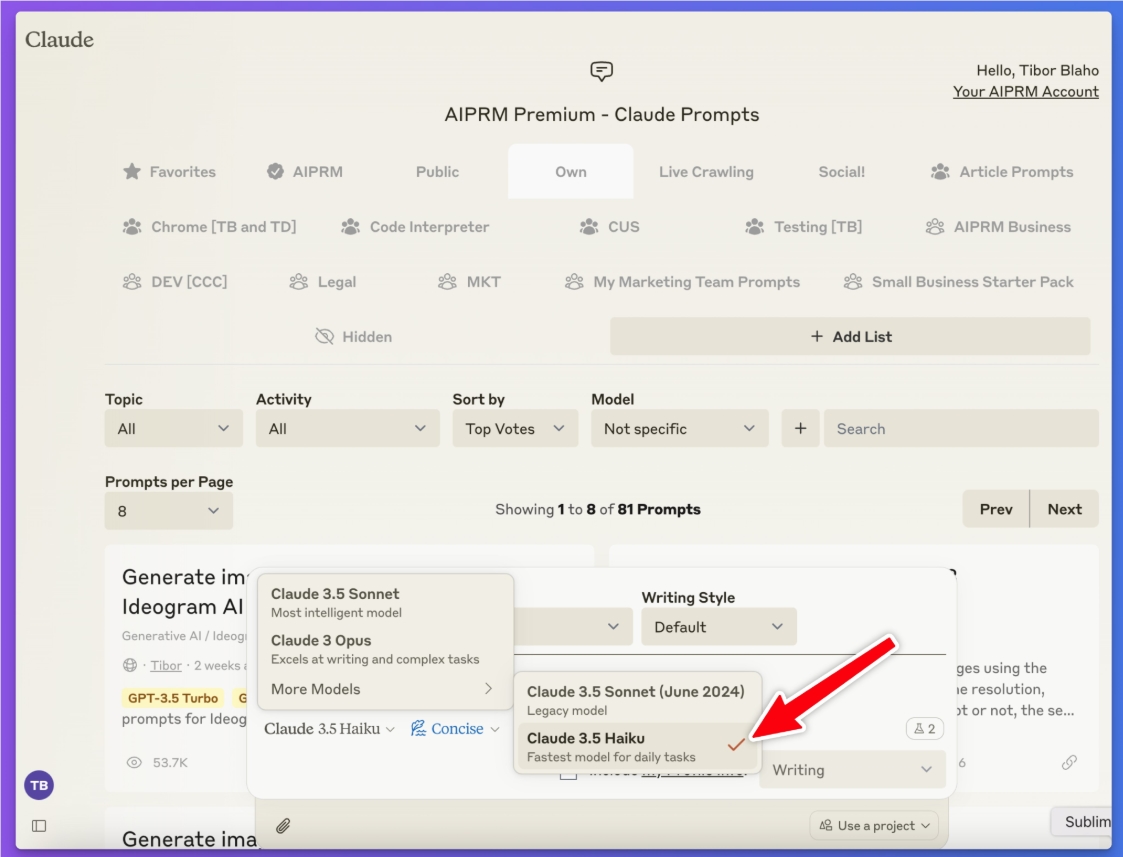Anthropic has released its latest model, Claude 3.5 Haiku, and integrated it into the Claude chatbot web and mobile app. Claude3.5Haiku, which was previously only open to developers, has attracted much attention for its efficiency and excellent performance in multiple benchmark tests. The release comes as rivals OpenAI and Google launch new models, further intensifying market competition. This article will provide an in-depth analysis of the performance, functionality, price and positioning of Claude3.5Haiku in the market.
Anthropic Corporation has officially released its latest Claude 3.5 Haiku model, which users can now use through the Claude chatbot on web and mobile applications.
Previously only accessible to developers through Anthropic's API, this model has attracted widespread attention since its launch in October 2024 due to its small and efficient features. Claude3.5Haiku performs well in multiple key benchmarks and offers a competitive price/performance ratio.

According to data from third-party benchmarking agency Artificial Analysis, Claude3.5Haiku performs better than average in latency to first mark (TTFT) of about 0.80 seconds, while its output speed is 65.1 marks per second. Although slightly inferior in output speed. The launch comes as Anthropic rivals OpenAI and Google launch new models, with the latter launching the o1 and o1-mini models as well as the Gemini2.
Claude3.5Haiku is the fastest and most cost-effective model in the Anthropic series and is particularly suitable for real-time tasks such as processing large data sets, analyzing financial documents, and generating output with long contextual information. It has a context window of 200,000 tags, exceeding OpenAI's GPT-4 and GPT-4o's 128,000 tags, and can easily handle large amounts of input.
On the Claude chatbot, Haiku demonstrates excellent versatility, allowing users to analyze image and file attachments, improving the usefulness of multimedia tasks and workflows involving large file sets. Additionally, Haiku integrates with Claude Artifacts, an interactive sidebar that enables real-time manipulation and optimization of AI-generated content. In my tests, Haiku programmed a fully playable table tennis game in less than a minute.
However, Haiku also has some limitations. It currently does not support web browsing and image generation, which is not an advantage when compared with OpenAI's competitors. Furthermore, in my simple test, Haiku failed to successfully identify the three letter R's in the word "strawberry" in the "Strawberry Test".
Claude3.5Haiku is available for free on the chatbot, but users are limited by a daily message limit. In my test this morning, for example, I hit Anthropic's quota, which resets daily, after about 10 exchanges (a total of 20 messages in and out) in the free version. Users can also choose the Claude Pro plan for $20 per month to unlock more usage rights and priority access to new features.
In terms of API, Claude3.5Haiku provides excellent performance, with a starting price of US$0.80 per million input marks and US$4 per million output marks, making it highly economical. Developers can further reduce costs by using hint caching, saving up to 90%.
Highlight:
? The Claude3.5Haiku model is now open to all users and supports image and file analysis functions.
? There is a message limit in the free version, and users can choose a $20 Claude Pro subscription to get more usage rights.
? The model performs well in multiple benchmark tests and is suitable for real-time tasks and large data set processing.
All in all, Claude3.5Haiku occupies a place in the AI model market with its speed, cost-effectiveness and powerful functions, but its functional limitations also require further improvement. The provision of free and paid versions also provides options for users with different needs. Future development is worth looking forward to.